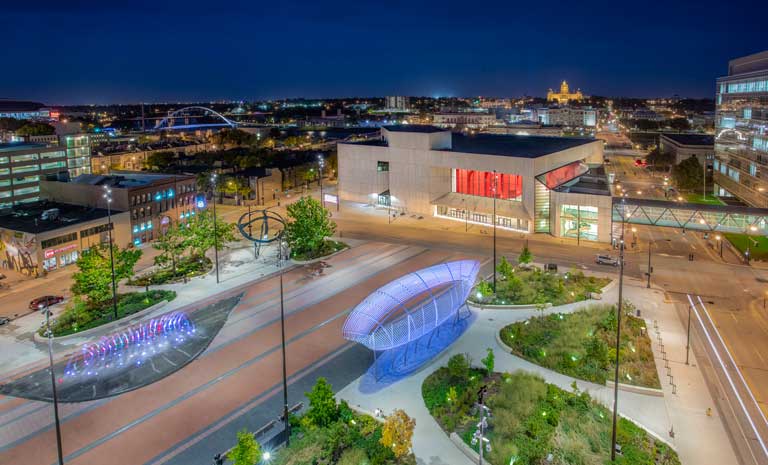Arts and Culture
Business Strategy
Insights & Innovation
5560d9f1-f040-4dab-a99a-4a2a32029f6c
3 min
https://edge.sitecorecloud.io/tessiturane75c3-tessituraneee12-development-6640/media/Images/Discover-Images/TL-Featured-Media-Images/TL-2018-Kelsey-DeGreef-featured-image-768x465.jpg?h=465&iar=0&w=768
Kelsey Orion DeGreef explores how silos arise in museums and incorporates research from three disparate fields to provide insight on how to identify and prevent silos
Silo Busting: Common Sense

Project Manager, Tessitura Network
Silo Busting: Common Sense
6/22/2018
3 min
It is no surprise that our interconnected, 21st-century society is plagued by a well-known paradox.
Forces of globalization and technological change allow information to fly across the planet at lightning speed — we are able to be more connected than ever before — yet our lives remain fragmented (Tett 2015). Fragments, or silos, as they are most commonly referred to, have become one of the hottest business management topics. Whether you are already committed to finding a solution for your museum or have yet to realize their pervasive scope, know that the way your organization chooses to respond to them will have an everlasting effect.
To be clear, this article is not anti-silo, because they are not always bad. We need them to survive in such a multifaceted world. Silos can create a sense of structure capable of supporting radical complexity. But they can also create chaos. Isolated teams of experts that fail to communicate with each other can stifle innovation by creating pockets of information and restricting perspective. Further, siloed thinking can make it easier to overlook dangerous risks, and in some extreme cases can be responsible for business failure.
If museum staff expand their awareness of silos, they could start to bust through their own organizational silos and prevent further constriction of mission-critical initiatives. The case studies available on this topic largely come from outside the arts and cultural nonprofit sector and can seem unapproachable or not applicable to museums. However, once translated, the successes and failures of those from outside the sector expose new strategies that can be adapted to meet the business needs of any museum.
Imagine the possibilities of a new organizational structure and accept the invitation to make space and observe.
This article’s multidisciplinary approach seeks to empower museum staff, no matter their position or rank, to imagine the possibilities of a new organizational structure and accept the invitation to make space and observe. Can you identify silos within your museum? Are you doing something about it? When is the last time your museum reviewed its internal structure to improve cross-departmental collaboration or the patron experience? The first section of this article reviews the disruptive characteristics of silos as they relate to museums. The second section explains the research methodology, and the remaining section outlines three silo-busting strategies for museums of all sizes, thinking more like an anthropologist, unifying data and being open to collaboration.
Topics
Arts & Culture
/Business Strategy

Superpowers of Observation | Andrew Recinos
Arts & Culture / Museums
How a clever museum exec looked up from the numbers and saw the story of the solution.

Planning for High-Volume On-Sales (The Donut Problem)
Arts & Culture / Business Strategy / Customer Service / Digital / IT & Systems / Technology / Ticketing & Admissions
Kristin Darrow offers her advice for managing a large ticket on-sale where demand outstrips supply, while maintaining a good customer experience throughout

Des Moines Performing Arts | Success Story
Digital / Business Strategy / IT & Systems / Presenting & Performance / Theatre / Ticketing & Admissions
Denise Smithson Green describes how Des Moines Performing Arts achieved a record on-sale for Hamilton